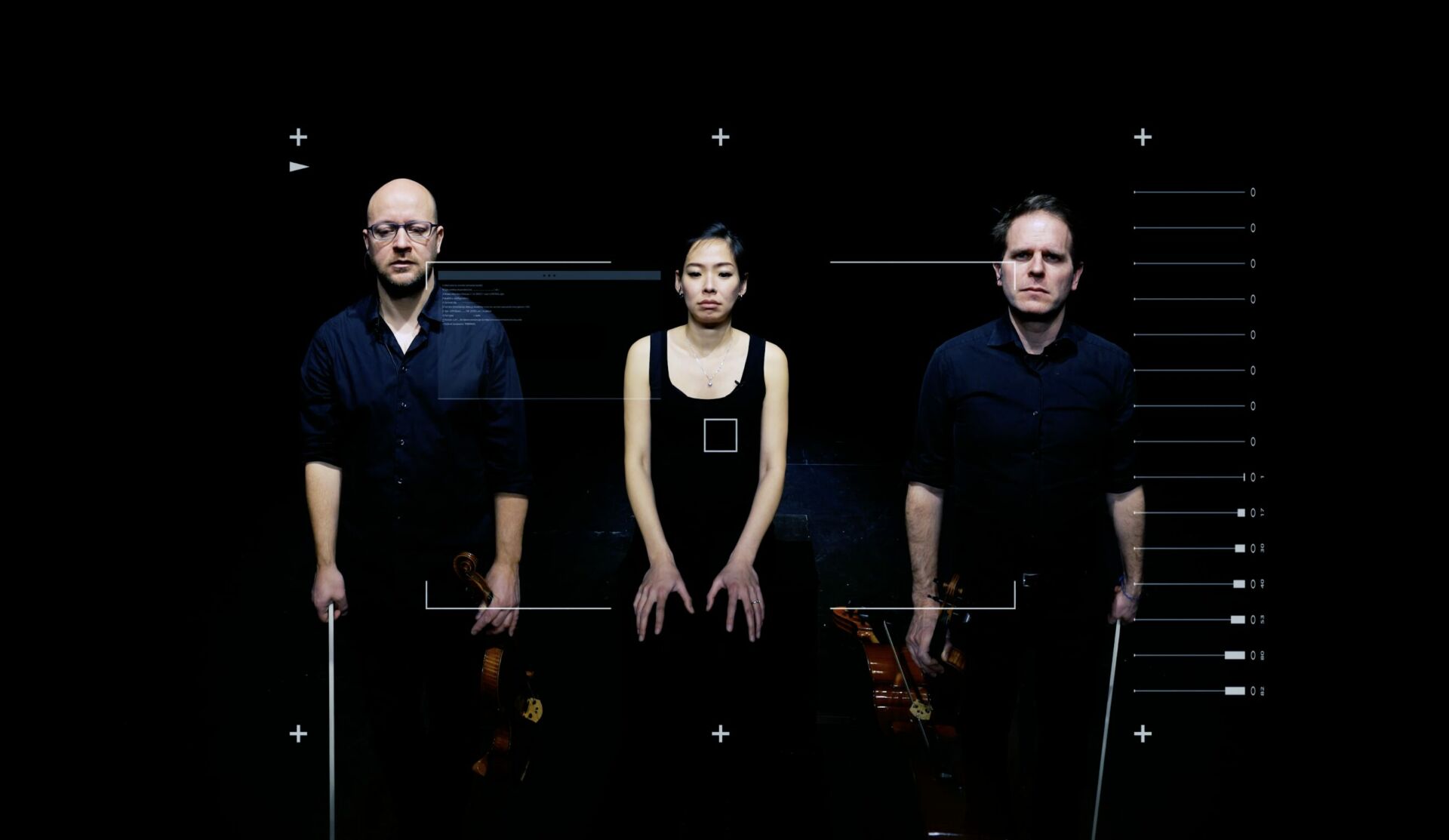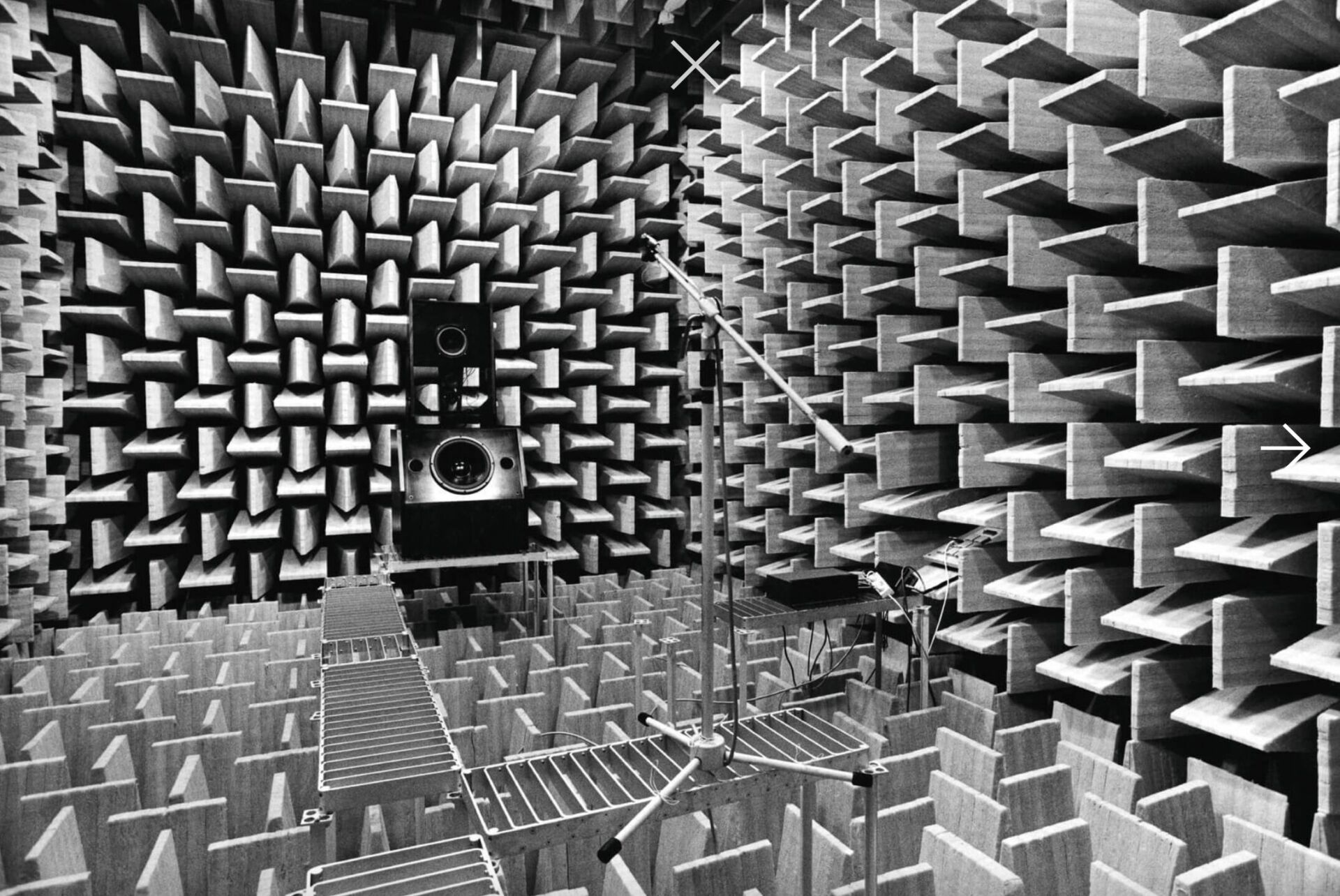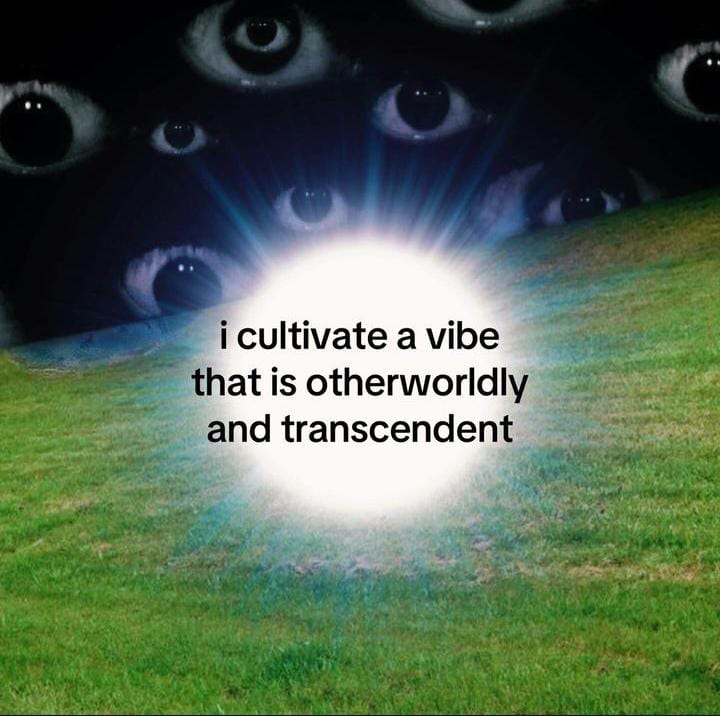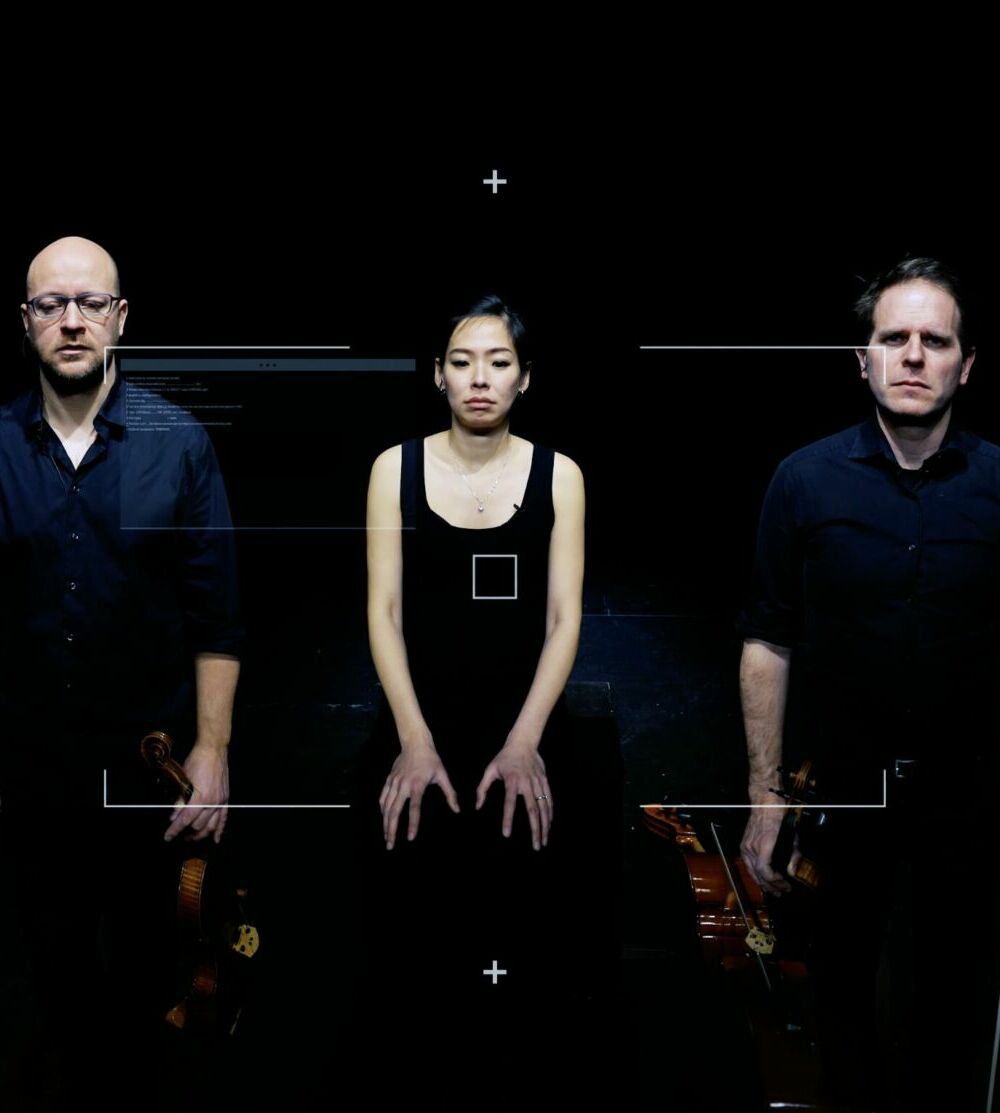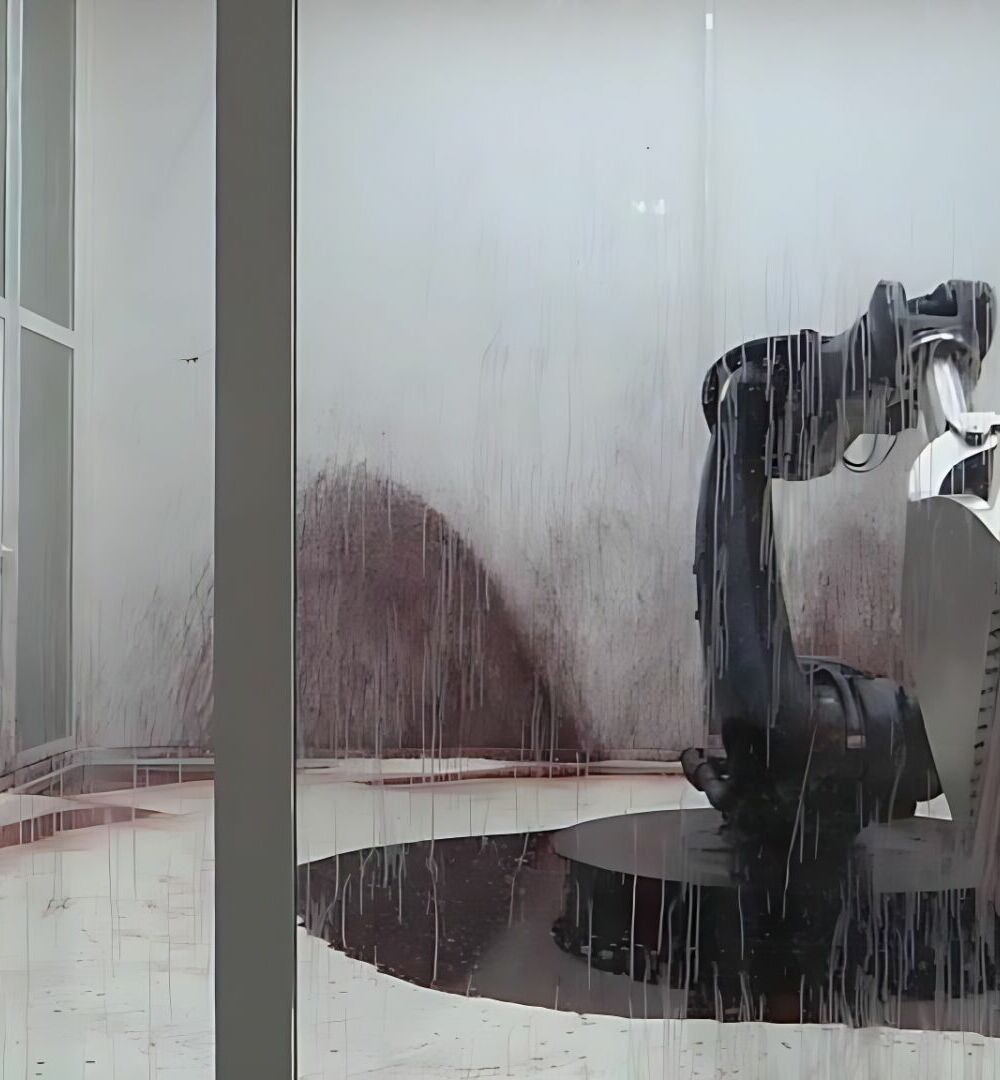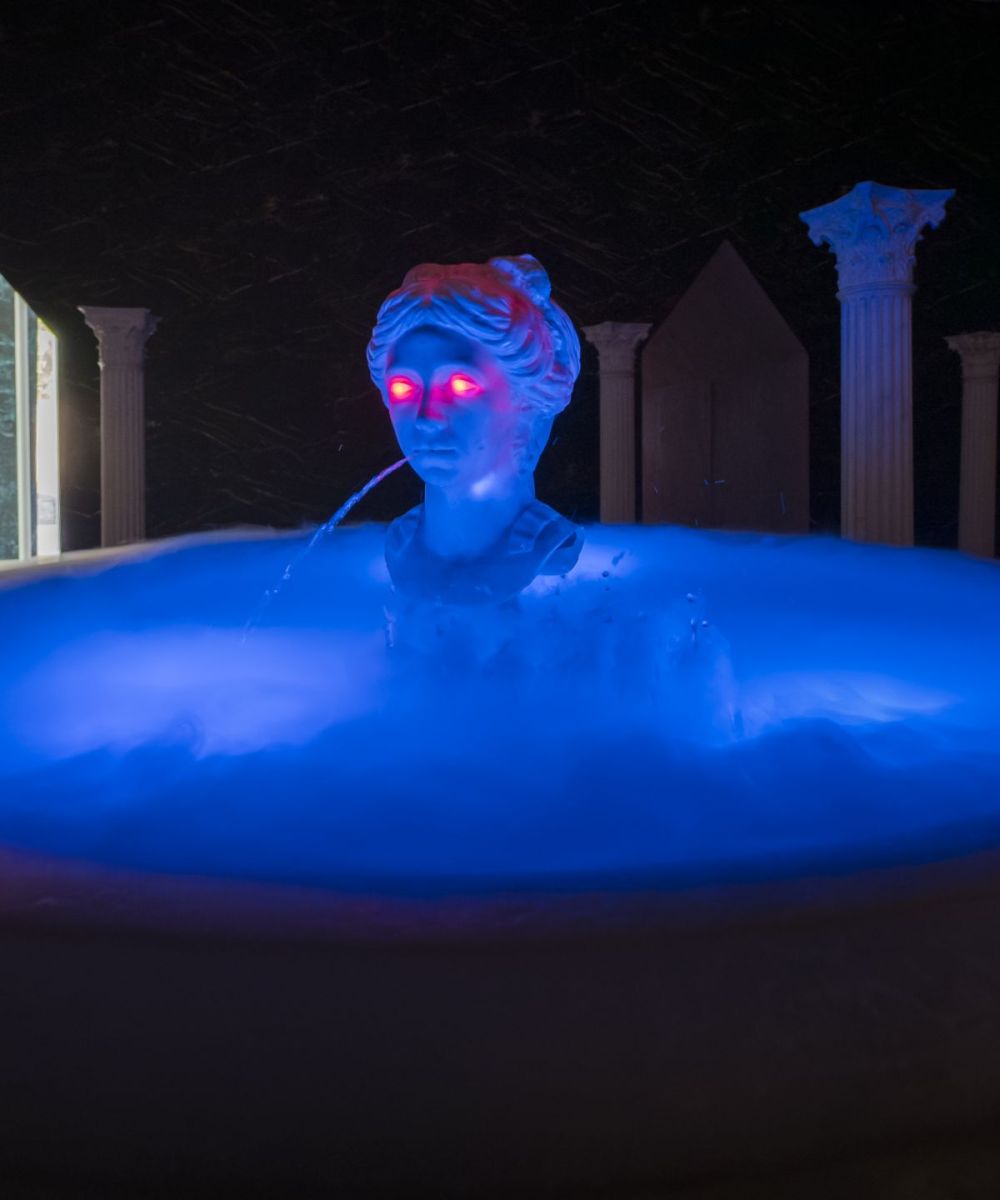ACIDS: new models of interaction between music and machines
by Pierluigi Fantozzi
Exiting the pandemic was like waking up in another era. Suddenly each of us had at our disposal artificial intelligences capable of solving complex problems, generating all kinds of images or even writing and interpreting songs. However, in between a photo of the pope in full Balenciaga gear and a jingle generated for a social media ad, we soon had a concern on our hands: will AI be the death of creative work?
The answer is obviously no. Musical experimentation, for example, seems to benefit enormously from these technologies.
They are well aware of this at IRCAM, the Institute for Acoustic/Musical Research and Coordination in Paris, where for years a specialised team has been studying new models of interaction between musicians and artificial intelligence software. That team is called ACIDS (Artificial Creative Intelligence and Data Science), and it would be reductive to consider it just a team of specialised computer engineers, because ACIDS is to all intents and purposes an artistic collective. It is headed by Philippe Esling, and is currently composed of four PhD students, who are joined by researchers and collaborating artists. Among the team’s most important achievements is the development of RAVE, software based on artificial intelligence, which earned it the Digital Musics & Sound Art award at the Ars Electronica festival.
RAVE was developed in conjunction with the realisation of Convergence, a composition from 2021, the result of ACIDS’ collaboration with composer Alexander Schubert.
RAVE is open source software, and anyone can download it to their computer and test it. All you need is a DAW (Ableton Lite or FL Studio, for example, or software such as MaxMSP and PureData) and create an account on the Ircam website. It is a timbre transfer model that, from audio input, potentially generates any kind of instrument in the form of a high quality audio file. In simple terms, a rhythm recorded with the hands can become a darbouka sample, and a shout can become a cello string. All in real time and in very high definition.
ACIDS and Schubert perfected this tool to create Convergence, a 34-minute audiovisual performance in which an ensemble of musicians dialogues and improvises with virtual counterparts, who respond to inputs instantaneously.
The avenues open to musical experimentation are endless. We now have digital models that can improvise simultaneously with a musician, and in an incredibly efficient manner. The creative process is strengthened rather than nullified, because even if it is an artificial intelligence, it is still a model for which the human component is indispensable.However, there is also a critical issue that could soon present a bill. Global laws on AI are not yet up to date. Artificial intelligences such as RAVE are trained with pre-existing samples to be able to produce sounds, as they obviously do not produce them from scratch. The question is: can a sample produced by RAVE be considered original and exempt from copyright? Or, on the contrary, is it to be thought of as a variation to the nth power of the sample with which the model was trained? A legislative vacuum persists on this question.
Beyond this critical aspect, at the moment artificial intelligence seems to be an resource in the field of musical experimentation rather than a danger. And ACIDS is playing a key role in this scenario. The technologies developed by the team continue to be developed and applied to new projects: recent collaborations involve Canblaster, from the French collective Club Cheval, and the American artist Holly Herndon. Canblaster presented his latest work with a release at IRCAM on 9 October, while Holly Herndon made an installation in London’s Hyde Park on 5 October.
ACIDS not only represents a new frontier in music: it is a demonstration that artificial intelligence can be a tool to enhance, not replace, human creativity. In this ongoing dialogue between artists and machines, the future is not an ominous unknown, but a promise. Creativity does not die, it evolves. And with projects like those of ACIDS, we are looking at a new paradigm: one in which human ingenuity and the power of machines intertwine to give rise to artistic expressions that, until yesterday, were unimaginable.
A special thanks to Giovanni Bindi of the ACIDS team.
LISTENING ADVICE
Pierluigi Fantozzi
Pierluigi Fantozzi, 1995, is a musician. He graduated from the National Academy of Jazz in Siena and obtained his master’s degree at the Conservatory of Bologna. A clarinet player, he has played in jazz ensembles, but has cultivated an interest in electronic music, also collaborating with Tempo Reale. Since 2023, he has been part of the Controradio team, for which he has conducted interviews with important figures on the international music scene. As a radio speaker, he leads his own programme ‘Passabanda’.


